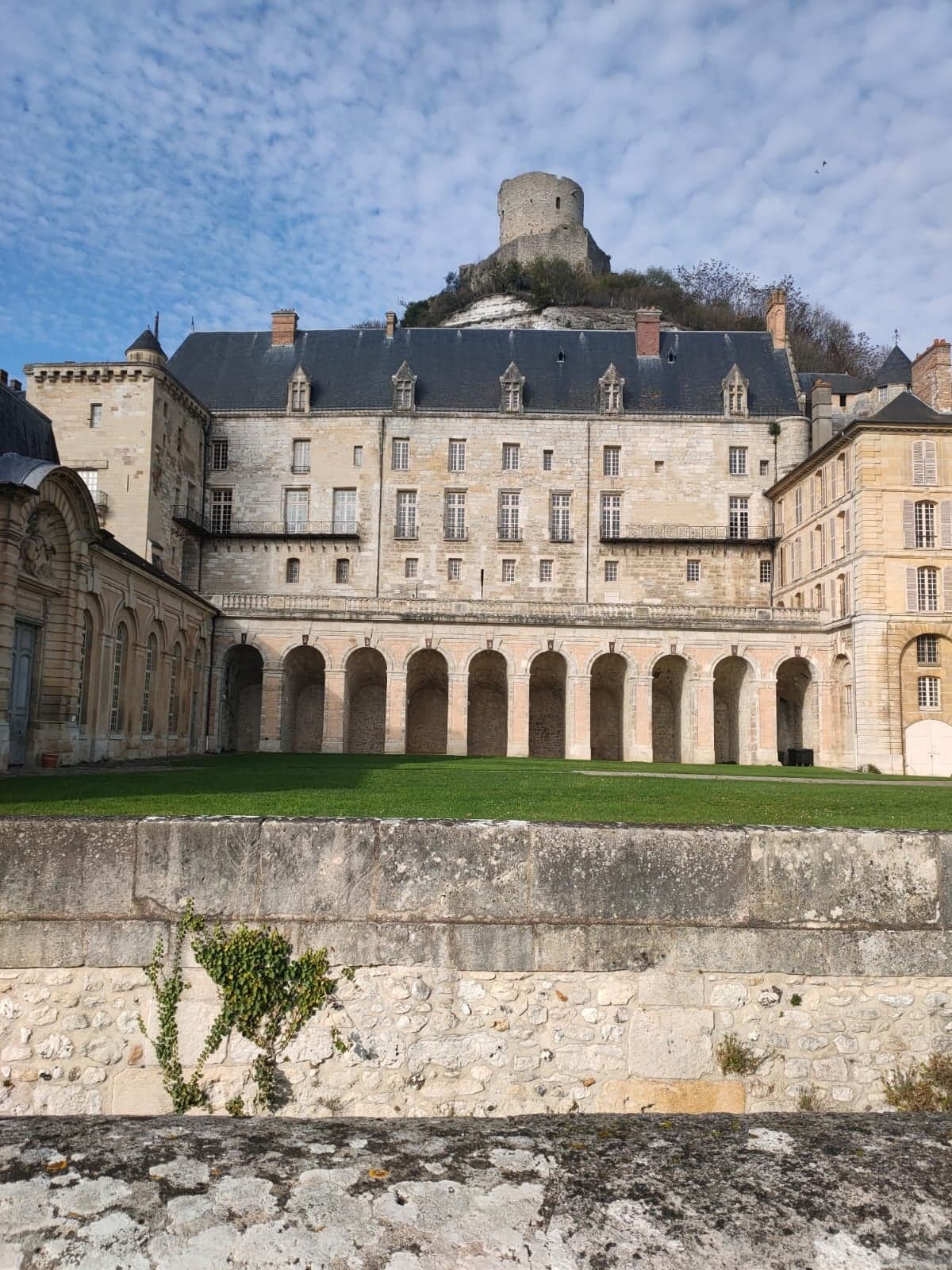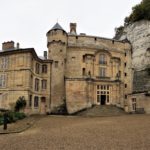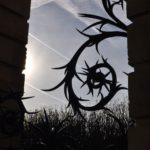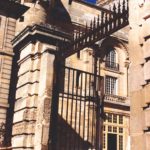DISCOVER THE PROPERTY
Just an hour away from Paris, in the heart of one of the best-preserved sites in Ile-de-France between Vétheuil and Giverny, the imposing silhouette of the Château de La Roche-Guyon stands tall on a hilltop on the banks of the Seine.
Backing up against the limestone cliff since the Middle Ages, this ancient fortress was transformed over the centuries, in an elegant intersection of different architectural styles. From the mediaeval keep to the 18th century stables, from the first caves to the kitchen garden, orchard and English garden, and from the ceremonial rooms laid out by Rommel, the Château invites you on a curious trip back in time.
Hidden staircase
The first Château de La Roche-Guyon was invisible, carved entirely into the rock. When the main building was built in the 13th century at the foot of the cliff, a solid stone keep stood at the top of the hill. Defended by a double wall in the form of a spur, it is connected to the manor by a secret passageway.
MORE INFORMATION
The brilliance of the Enlightenment
The memory of the Age of Enlightenment is preserved at La Roche-Guyon. The Duke of La Rochefoucauld and his daughter, the Duchess of Enville, undertook major building work. A monumental entrance, stables, wings and terraces melded with the mediaeval fortress. Turgot, Condorcet and Young would meet up in the drawing room, the library or the small theatre, the Château’s hidden gem. As symbols of this brilliance, the Esther tapestries were returned to their original home in the drawing room in 2001.
Powder and incense
The cliff conceals many a secret. In the 19th century, the Duke of Rohan inherited the estate. He took holy orders after the tragic death of his young wife and became a cardinal. He also rearranged the old cave chapel. Victor Hugo, Alphonse de Lamartine and Charles de Montalembert all stayed at the Château.
During the 20th century, the military purpose of the old fortress was revived when Rommel moved in with his general staff in 1944, and bunkers were secretly set up in the cliff.
The Time Trap
The strangeness of the place did not escape Edgar P. Jacobs, who chose the Château and its impressive network of underground passages as the setting for a Blake and Mortimer adventure in The Time Trap. Originally published in 1962, that comic book is unlike any other in Jacobs’s body of work. In it, Blake is sidelined from the story, which instead focuses on a location with a highly unusual atmosphere, La Roche-Guyon. There, Professor Mortimer embarks on a strange voyage back in time on board the “Chronoscaphe”…
The invisible Château
In areas that are currently closed to the public, the Château conceals two priceless treasures:
– Chinese wallpaper, lost amidst a series of bedchambers and suites on the first floor, over the drawing room and sitting room, that was recently restored and a reproduction of which is on display in Duchess Zénaïde’s chamber
– A fascinating and mysterious small theatre dating back to the 18th century, that is in need of restoration, below the drawing room.











